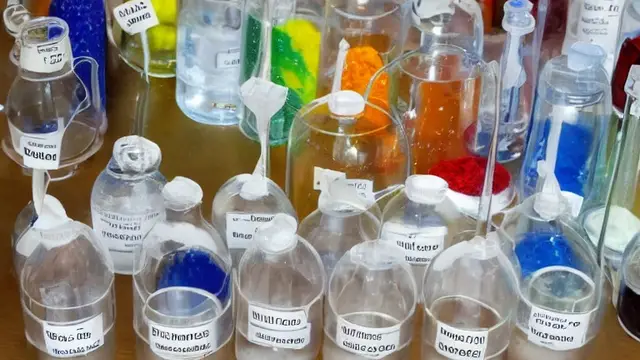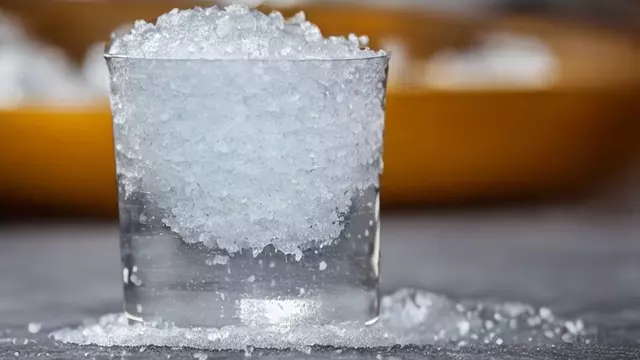Have you ever taken a sip of seawater and immediately regretted it? If so, you’re not alone. Seawater, or salt water, has a distinct and often unpleasant taste due to its high salt content. But what exactly is salt water? Is it a mixture, an element, or a compound? Let’s dive in (pun intended) and find out.
Saltwater is a mixture. Here is why I said so
Is salt water a mixture
What is a mixture? A mixture in chemistry is a combination of two or more substances in which each substance retains its chemical properties. A typical example is adding salt to a glass of water. Do not try this at home! Okay, I’m joking.
Is saltwater an Element
Now, what about elements? An element is a pure substance. Elements are made up of atoms, which are the basic units of matter. There are 118 elements on the periodic table, each with its unique properties and atomic structure. Salt is a pure substance but if you add it to water, it loses its hydrogen bond in the process of dissolving.
But wait! I did not say salt is an element. Please don’t get confused. To get more clarification about salt check this out Is salt an element, compound, or a mixture?
Is salt water a compound
And finally, what is a compound? A compound is a substance made up of two or more elements chemically combined in a fixed ratio. Compounds can be broken down into their elements. Remember elements are combined to form a compound.
So, is salt water a mixture, element, or compound? The answer is… drumroll, please… it’s a mixture! To be more precise, it’s a homogeneous mixture.
Saltwater is made up of two substances: water (H2O) and salt (sodium chloride, or NaCl). Both substances retain their chemical properties in the mixture, but they are evenly distributed throughout.
To summarize:
- Saltwater is a mixture.
- Saltwater is a homogeneous mixture or a solution.
- Saltwater is not an element or a compound.
- Salt (sodium chloride) is a compound, but it is not the only substance present in salt water.
Is saltwater heterogeneous or homogeneous
Mixtures can be either homogeneous or heterogeneous. Homogeneous mixtures, are uniform in composition and have the same properties. Heterogeneous mixtures, on the other hand, are not uniform in composition and have varying properties throughout.

So there you have it! Next time someone asks you whether salt water is a mixture, element, or compound, you’ll know the answer. And remember: while it may be tempting to drink seawater when you’re thirsty, it’s not a good idea. Stick to fresh water or bring a water bottle with you if you’re planning a beach vacation. Your taste buds (and your body) will thank you.
Where does the salt in the ocean come from
The salt in the ocean comes from a variety of sources. Some of the main sources of salt in the ocean include:
- Weathering of rocks: Rocks on land contain small amounts of minerals, including salt. When these rocks are exposed to the elements, they can break down and release their minerals into the environment. Over time, these minerals can make their way into rivers and streams, which carry them to the ocean.
- Volcanic eruptions: Volcanic eruptions can release minerals, including salt, into the environment. These minerals can be carried by wind or water to the ocean.
- Evaporation of seawater: Seawater contains dissolved salt, which can be left behind when the water evaporates. This process can occur naturally through the evaporation of seawater in shallow pools or through the use of man-made evaporation ponds.
- Underwater hot springs: Some underwater hot springs contain high concentrations of minerals, including salt. These minerals can be dissolved in seawater, increasing the salt content of the water.
Conclusion
I hope you found this article informative and engaging! If you have any questions or would like further clarification, let me know in the comment section.
